A city dedicated to the Gods is what Izumo is known for. This is where the oldest Shinto myths took place, now with discovered evidence that what we know as myths may well be reality. Izumo Taisha, the oldest Shinto shrine in Japan, also stands tall and proud here.
Table of Contents
- Introduction to Izumo
- Uncovering the Secrets of Izumo
- Try Izumo Specialties
- Tea-tasting in Izumo Cafes
- Access to Izumo
- Takeaway
Introduction to Izumo

History
Located in Chugoku region’s Shimane Prefecture is the “Land of Shinto”, Izumo City. Explore this superb destination to learn about Japan’s ancient history and mythology. The earliest written record of Japan, the Kojiki 古事記 and Nihon Shoki 日本書紀, that heavily features Izumo as the background of its writings.
The city is also a treasure trove for archaeological discoveries. Two of the greatest archaeological results are the uncovering of 358 bronze swords in 1984/85, and the biggest discovery of ritual bronze bells in 1996. Aside from those, there are also numerous burial mounds and temple pillars that are living proof of the old ages of human civilization in Japan.
Many ancient writings which were thought to be merely myth or legend turned out to be based on fact. The truth is only discoverable in Izumo where legends were first born.
※ Izumo Kankou Association, "About Izumo" ※ JNTO, "Izumo" ※ Shimane Museum of Ancient Izumo, "The Land of the Gods, Izumo"
Cultural and Religious Significance
The biggest draw of Izumo aside from its legends, myths, and archaeological discoveries is also its contributions to the development of Japan. From blacksmithing (sword, steel production, and ironmaking) to sake brewing, traditional arts like poetry to woodwork like chopstick carvings, and the first matrimony ceremony in Japan, it is not too much to say that Japan’s culture may well have begun here in the Izumo area.
One of the most notable advancements of Izumo that also affected the city’s economics and politics is the development of tatara (furnace) iron industry. Raw materials like sand and charcoal were harvested from the Chugoku Mountains for this, not to mention Tamahagane Steel, a necessity for forging high quality Japanese swords. This sword forging, steel manufacturing industry became a significant source of income for the then feudal lords in the area.
※ Izumo Heritage Museums, "About the Izumo Region" ※ JNTO, "Okuizumo"
Writer's Pick
Uncovering the Secrets of Izumo
Explore the serene beauty of ancient Japan as it will give you an amazing experience while acquiring new knowledge not only about the rich history of the country but the delicacies as well!
Izumo Taisha
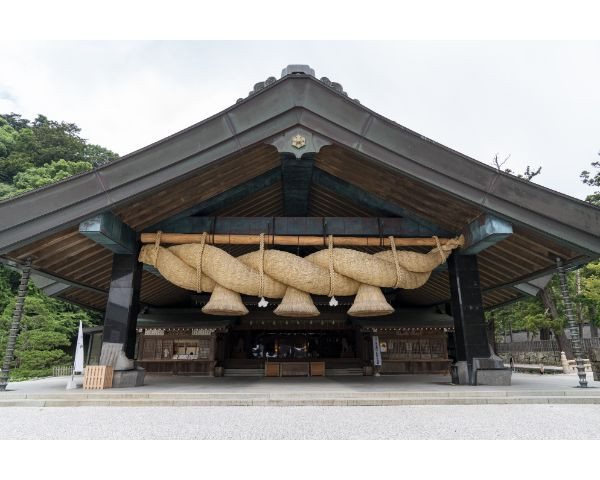
Izumo Taisha 出雲大社 may be THE OLDEST Shinto shrine in Japan. Not just old, it is also extremely significant to Shinto believers around the country. Officially called Izumo Ōyashiro, this grand shrine houses the deity, Okuninushi no Okami, who, according to Japanese mythology overlooks the unseen world and guides people to happiness through the power of “musubi 結び”. If that sounds familiar to you, the element of “musubi” was especially important in the plot of the famous anime movie “Kimi no Na wa”.
What is musubi?
Musubi is the power of creation, to bring existence. An unseen force or connection that creates harmony. It is commonly represented by knots in Shintoism.
※ Encyclopedia Brittanica, “musubi”
According to legends, all the Gods around Japan gather at Izumo Taisha once a year in October. The month of October is traditionally called Kannazuki (month without gods) in the rest of Japan, whilst in Izumo October is called Kamiarizuki (month with gods). The belief is that these Gods gather here to discuss and advise on the fate of humans and the bonding of marriages.
Important events held in the Shrine are the Imperial Festival on 14th May and Grand Festival the next day. The biggest event is however the Kamiari Festival in November to celebrate the Gods coming and to pray for their blessings.
※ Izumo Taisha Shrine, "Festivals / events" ※ Encyclopedia Britannica, “Izumo”
Shimane Museum of Ancient Izumo
Just a ten-minute walk from Izumo Taisha Grand Shrine is Shimane Museum of Ancient Izumo. The modern glass walled museum is a huge contrast to the ancient traditional Japanese style of the shrine. Standing out from the rest of the area, this in itself makes the building worth visiting. The museum introduces visitors to the distinctive history and culture of Izumo with exhibitions demonstrating the features of traditional Japanese heritage. It showcases the 358 ancient bronze swords uncovered in the Kojindani site, a relic of a past long gone, as well as the shrine pillar that used to belong to Izumo Taisha.
Entrance Fee: 310 yen (Adult), 200 yen (University Student)
Note: Closed on 3rd Tuesday every month.
※ JNTO, "Shimane Museum of Ancient Izumo" ※ Shimane Museum of Ancient Izumo, "Access" "General Information"
Izumo Hinomisaki Lighthouse
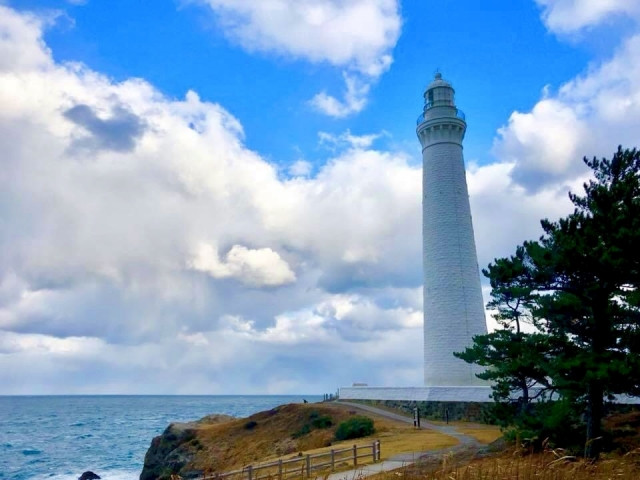
Built in 1903 on the westernmost cliffs of Shimane Peninsula is Izumo Hinomisaki Lighthouse, the tallest white stone lighthouse in Japan. This pristine white tower is 43.65 meters tall. It makes for a beautiful picture especially during sunset. At the base of the tower is a telescope which you can operate to see floating vessels on the ocean surface or catch a sight of seagulls. There is also a free-to-enter museum that explains the history and cultural value of the lighthouse explaining why was one of 100 Designated Historical Lighthouses in the World for the year 1998.
Near the lighthouse is a promenade where you can enjoy the spectacular scene spreading down in front of you. Spot both small and large islands as well as strange rock structures.
※ Izumo, “出雲日御碕灯台”
Try Izumo Specialties
To complete the entire Izumo adventure, you should not miss out on these delicacies and unique experiences!
Shimane Winery

If you’re into wine, this is a great place to enjoy Shimane locally produced wine. Enjoy a free tour of the wine factory and enjoy up to 10 free wine samples; for minors you get free grape juice samples instead. Not enough? For a very affordable price especially since it’s good wine, you can get premium drinks from 300 yen. To upgrade your wine-tasting experience, order a cheese or cold meats platter.
There are also several restaurants including a BBQ House where you can grab lunch. For those looking to just grab and go, drop in at the souvenir shop offering wine (of course), sweets, and snacks to commemorate your Izumo trip.
※ Shimane Winery
Izumo Soba

Soba is a local specialty of Izumo, and one of three best soba in Japan. Compared to other types of soba, Izumo soba has a stronger buckwheat flavour and darker colouring. Its texture is also chewier than the standard soba. Izumo soba is served in 2 ways, Warigo or Kamaage.
Warigo is a unique method of serving soba in 3 layers. After finishing the topmost layer, the remaining toppings and sauce is poured into the next layer, and so on. You can order more add-on layers and continue the process till full.
Kamaage is the standard hot bowl of soba.
If you want to try both types, either bring a friend to share the Warigo with you or find a soba restaurant that serves single layer Warigo of which there are plenty.
Izumo Zenzai

Zenzai is a traditional red bean soup dessert with mochi or dango in it. If you’re thinking, ‘That’s hardly special - the whole of Japan has it’, then you’re right. But what you didn’t know is that Zenzai originated from Izumo! This dessert dish was first created as an offering to the Gods during their annual meetings in Izumo.
Shimane Beef
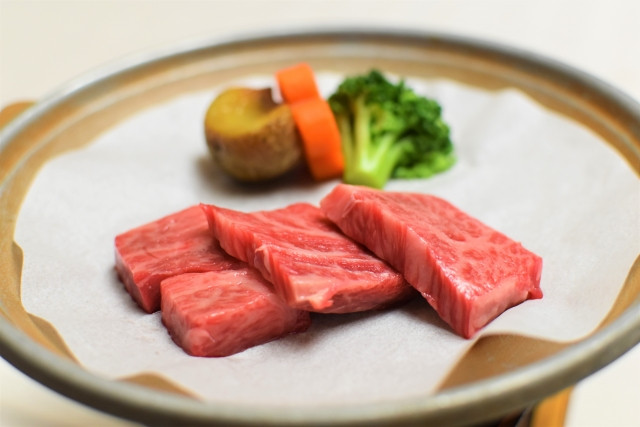
Just like Hida Beef being a Gifu Specialty and Kobe Beef a Kobe specialty, Shimane has its own local specialty beef called Shimane Beef. Some Shimane calves are sent to Kobe and raised to become Kobe beef, which is more than enough proof that this is good stuff. A great place to enjoy Shimane beef is Shimane Winery (above) where you can couple your meat with some red wine.
Tsubaki House
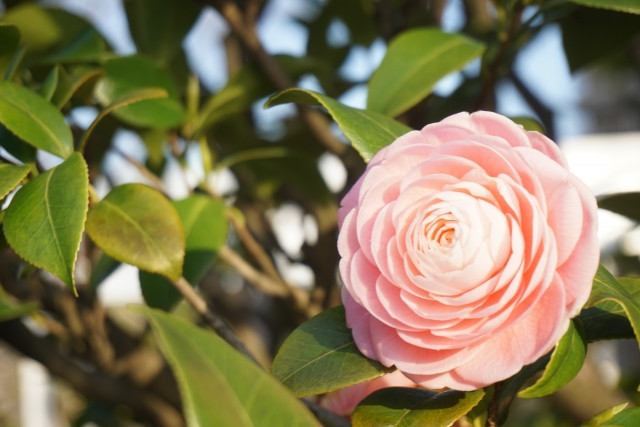
This is a tsubaki 椿 (camellia) workshop for enjoying various experiences involving camellia. Enjoy a relaxing camellia oil hand therapy, petal dyeing, cream making, camellia forest tour, and other unique experiences.
Why camellia?
Tsubaki are abundant in the forests of Izumo. In line with Tsubaki Revolution’s vision to once again intertwine the gift of the forest, camellia and the Japanese’ lives as it did during the olden ages, the Tsubaki House was set up to promote the various usages of camellia.
※ Tsubaki Revolution ※ Izumo, “椿舎”
Tea-tasting in Izumo Cafes
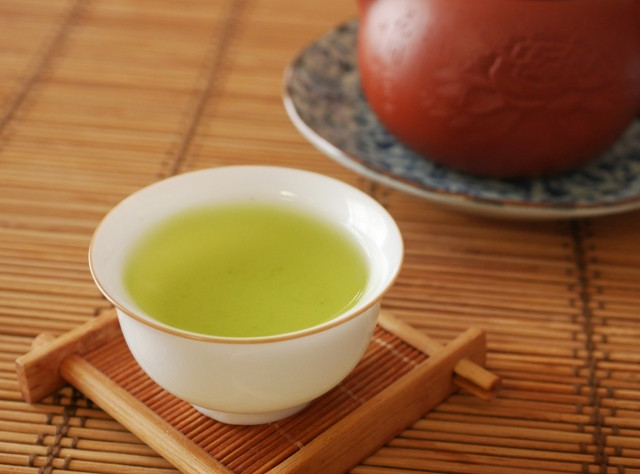
For tea lovers, you’ll be glad to know Izumo is a great place to enjoy tea. Indeed, Izumo has had a long history with Japanese tea ceremonies since tea master Fumai Matsudaira, the 7th Daimyo of the Matsue domain (ancient Izumo was part of it) spread the art of drinking tea to the common folk.
Here are some notable places to get tea in Izumo:
Okuni Tea House
Serves matcha, Warigo soba/udon, and also Izumo Zenzai. That’s three local specialties in one area.
Harakoto
Harakoto Cafe in Imaichi Town, Izumo City, has been operating for more than a century. Aside from matcha and zenzai, they also serve desserts like parfait, bubble tea, and sencha.
Cafe 186 Izumo
Cafe 186 offers both matcha tea and coffee. A modern cafe with a nice relaxing vibe for chilling and studying, it also has delicious matcha desserts like parfait, jelly, spring rolls, and cake. They have several branches all around Shimane prefecture.
Starbucks Izumo Taisha Branch
Not a typical Starbucks, this Starbucks located right in front of Izumo Taisha features a traditional Japanese look both inside and outside. Its design is inspired by the Shinto concept of “musubi”.
Access to Izumo
From Tokyo
From Tokyo / Shinagawa Station, take the JR Tokaido Shinkansen to Okayama Station. From there, transfer to JR Yakumo Rapid train to Izumo-shi Station. Alternatively, you can also travel by highway bus or take a flight.
Getting to Izumo Taisha
From Izumo-shi Station, take the local bus to Izumotaisha Bus Station. The shrine will be right before you.
※ Izumo Taisha Shrine, "Traffic access"
Takeaway
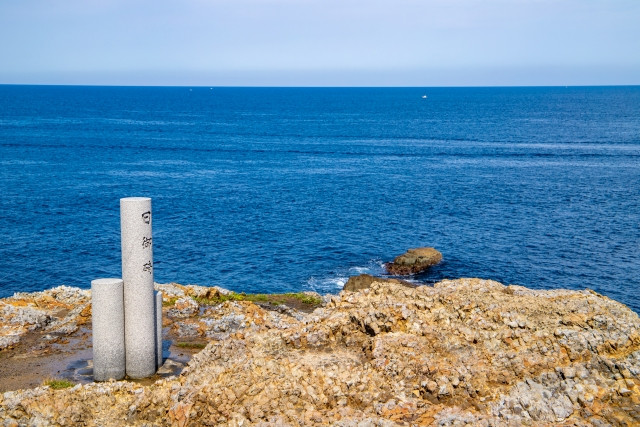
Traditional cultural historical Japan isn’t limited to Kyoto or Nara. West of them and Osaka lies the oldest and most religiously significant city of Izumo where Gods visit and legends become truth. A holistic experience of nature, religion, food, education, and culture, prepare yourself to gain a whole wealth of knowledge about ancient Japan when you visit here.







 (2).png)


.jpg)


















